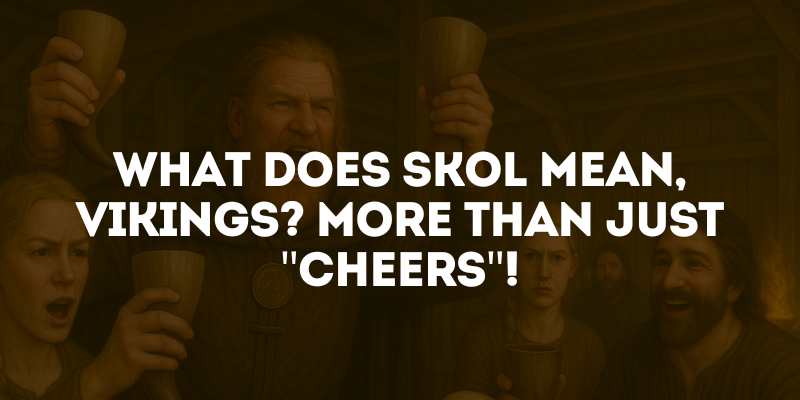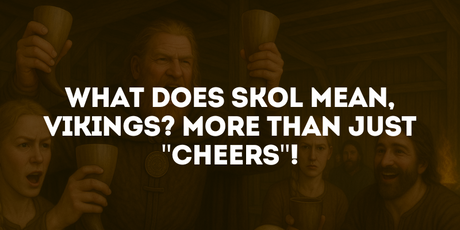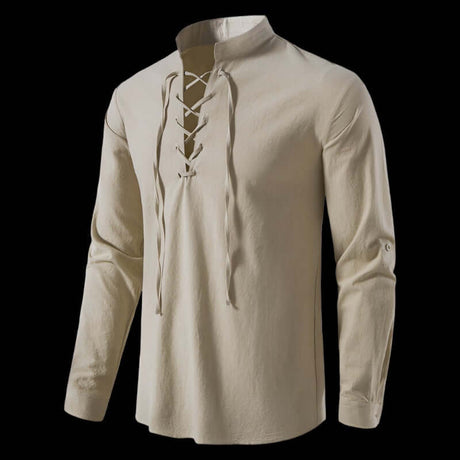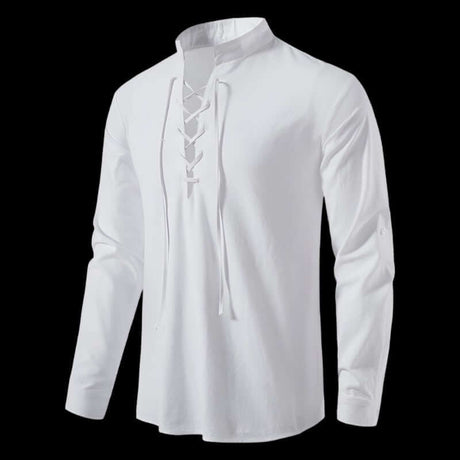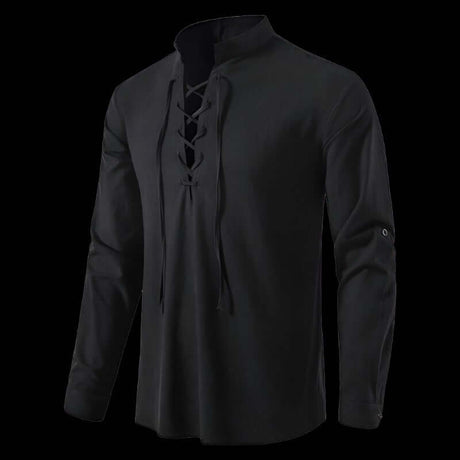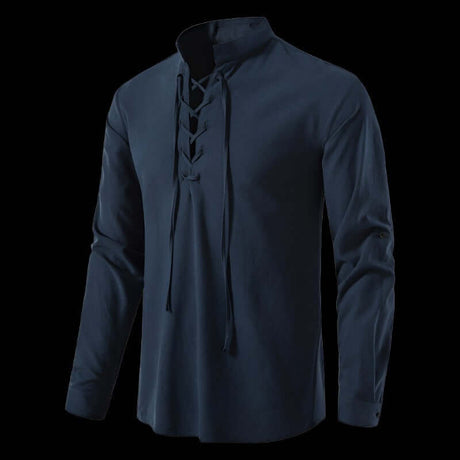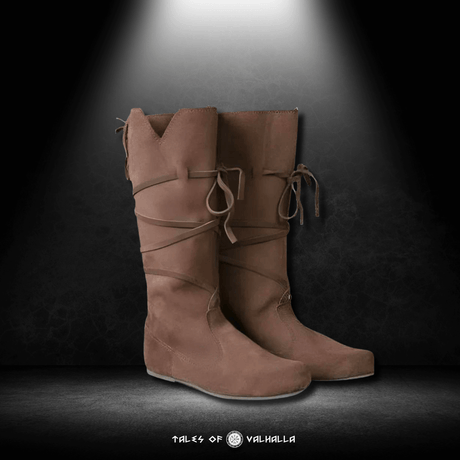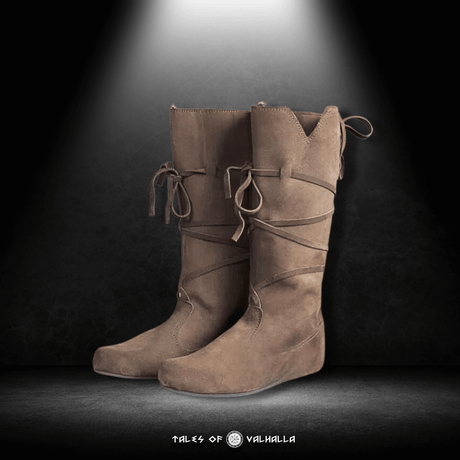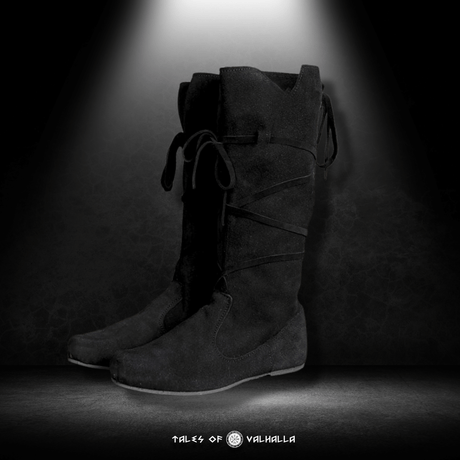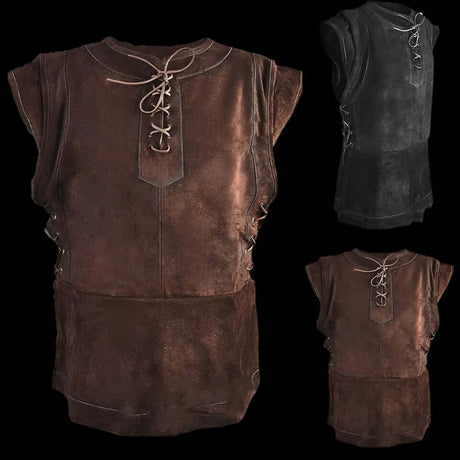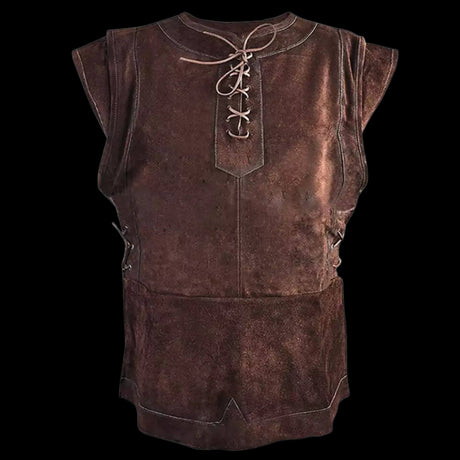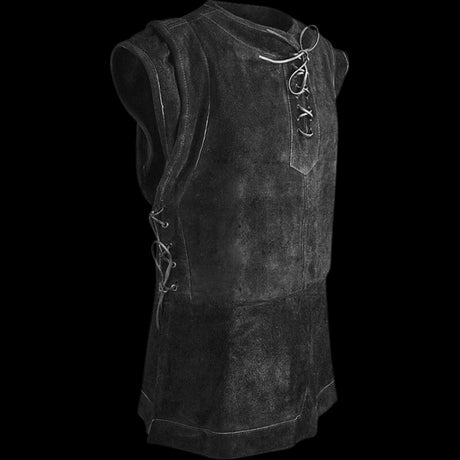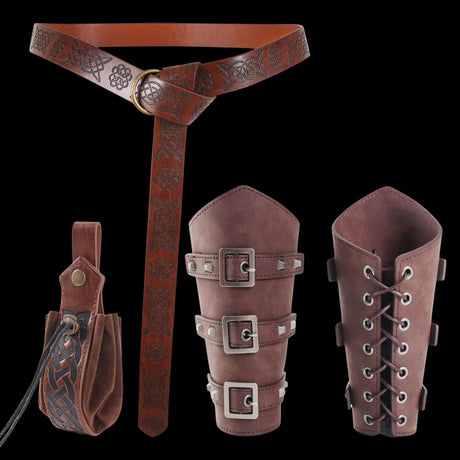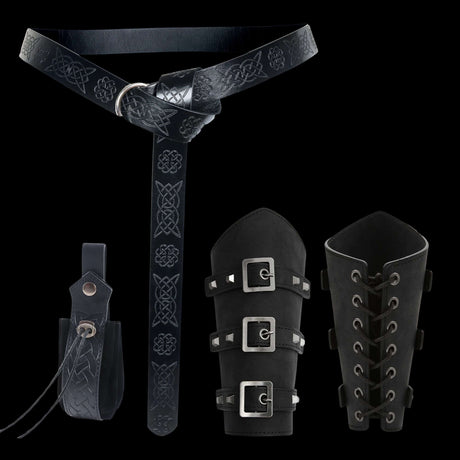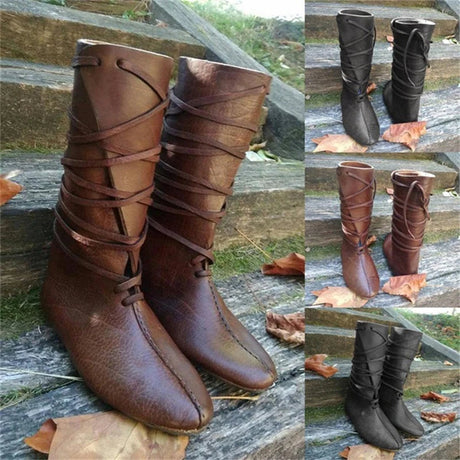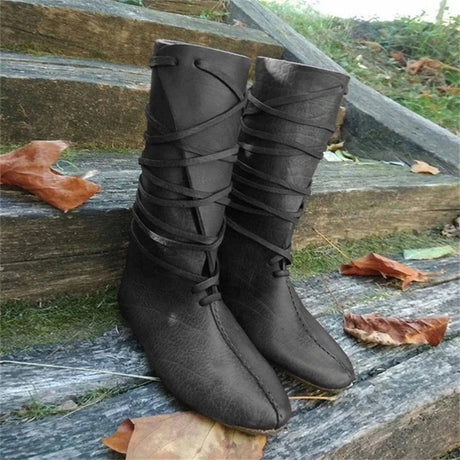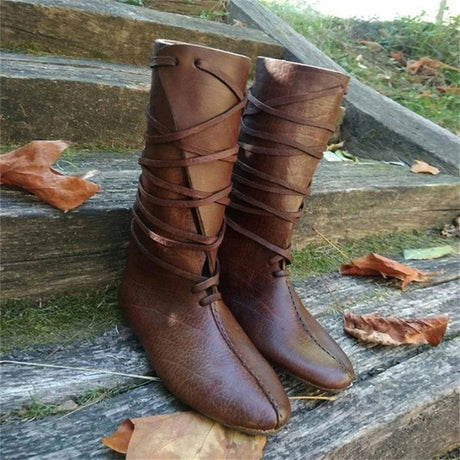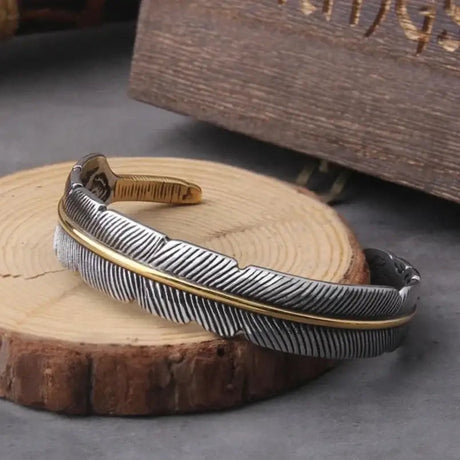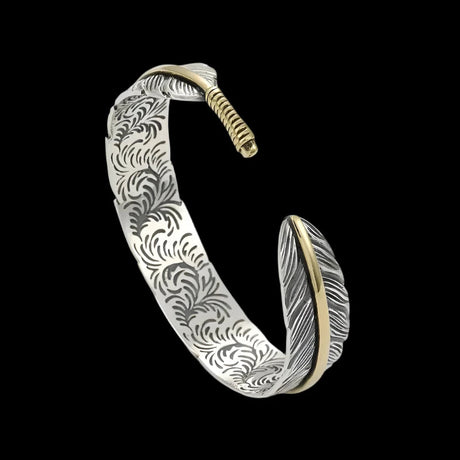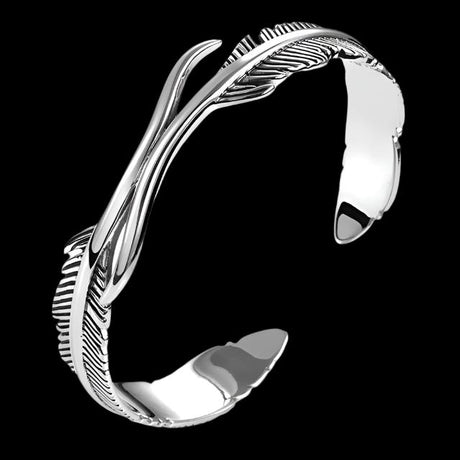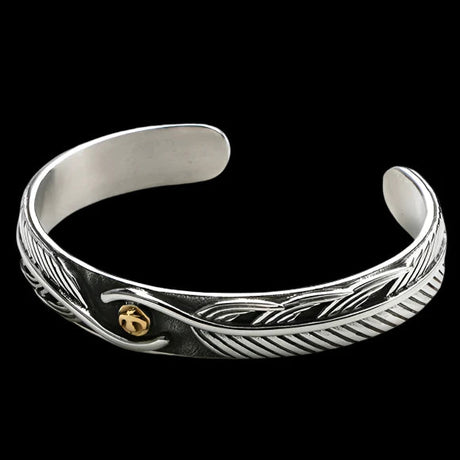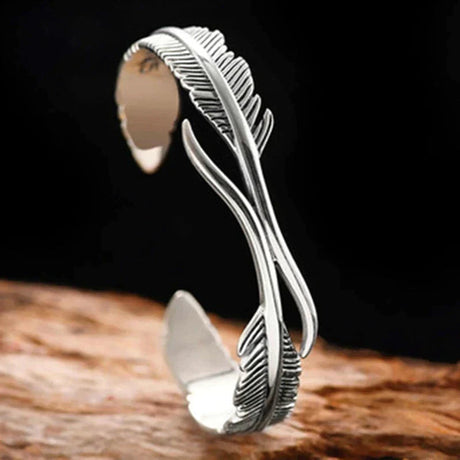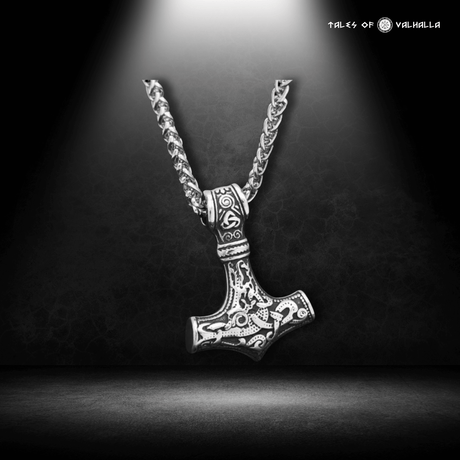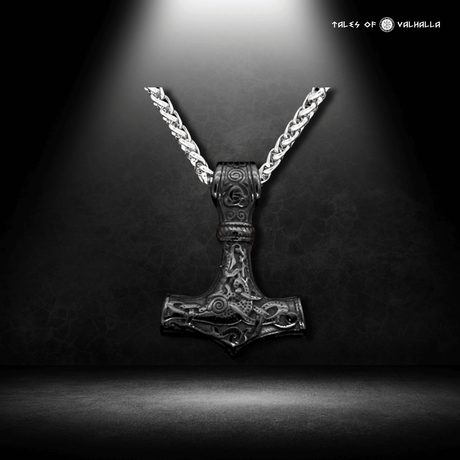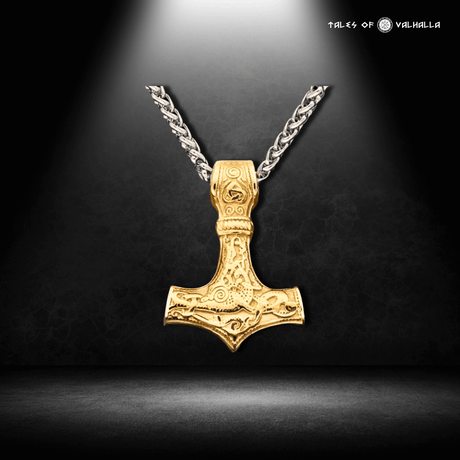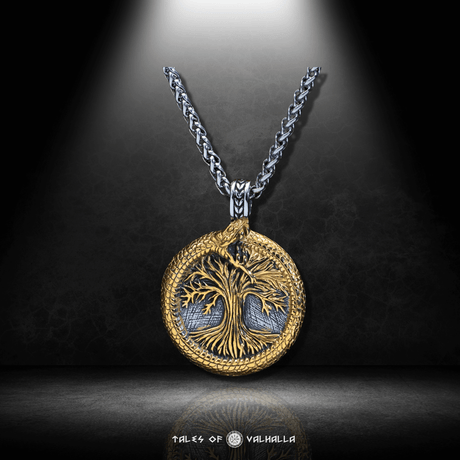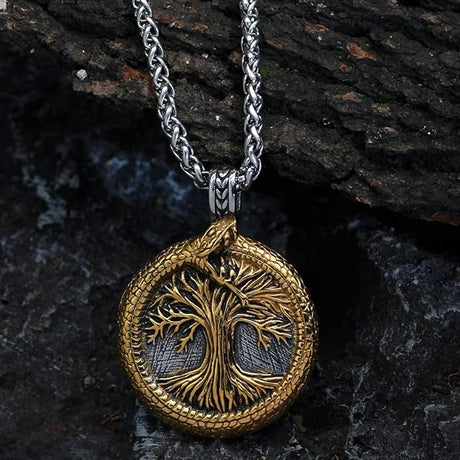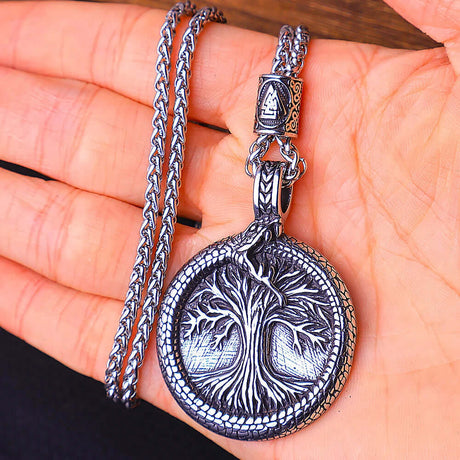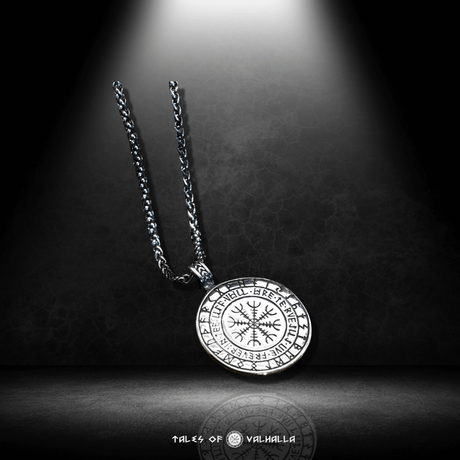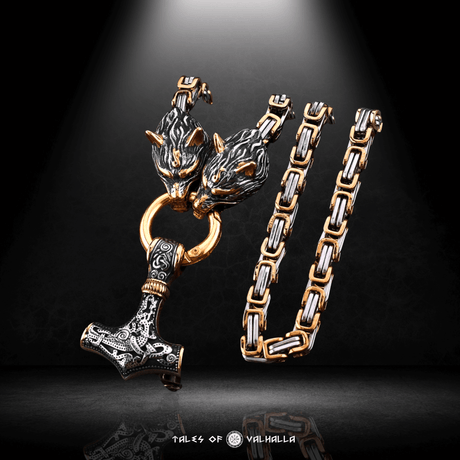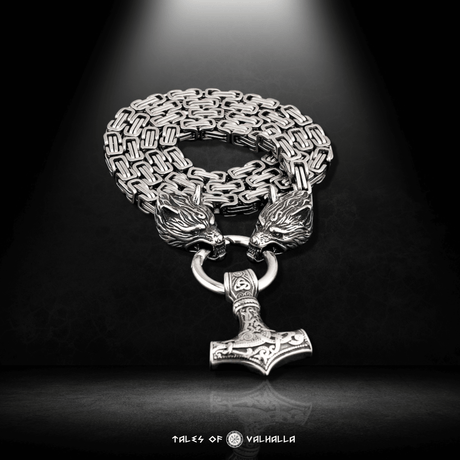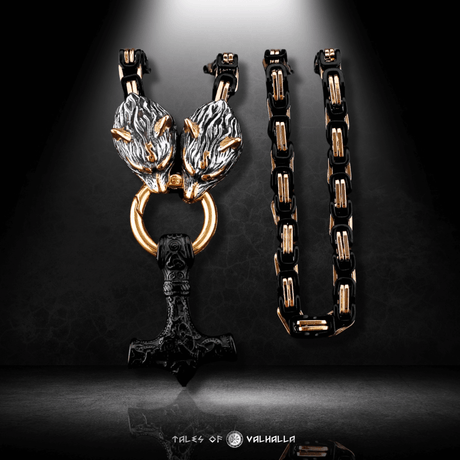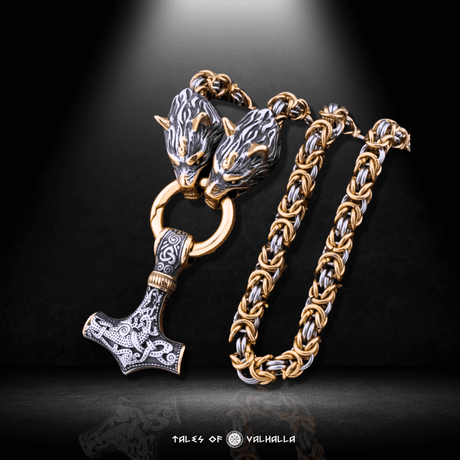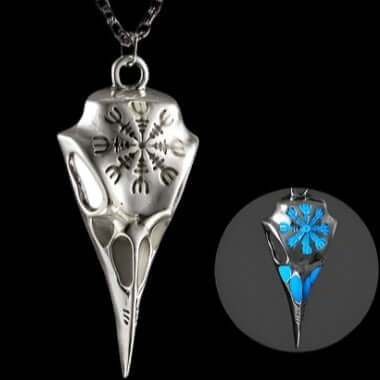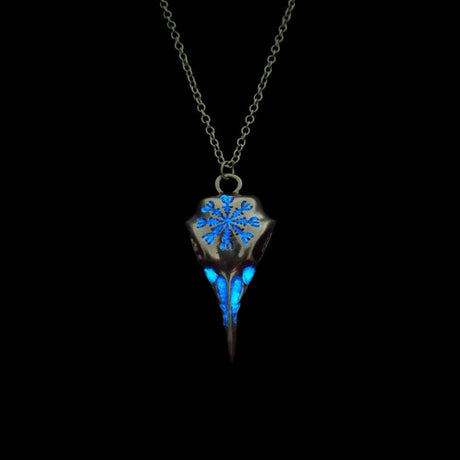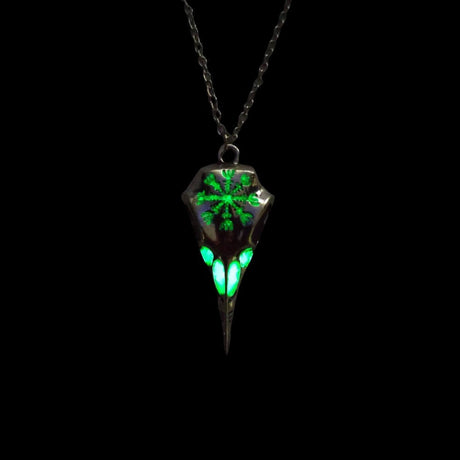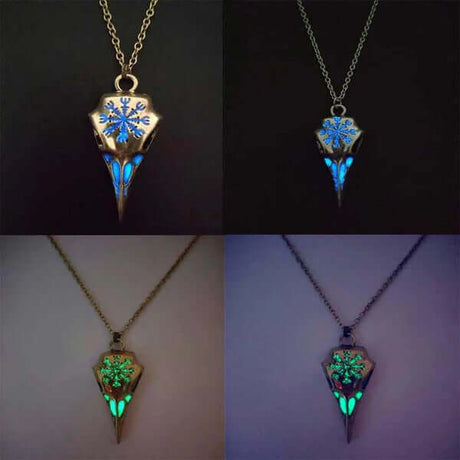The word "Skol!" – it thunders through stadiums, echoes in historical dramas, and is often brandished as the quintessential Viking toast. For many in the United States, particularly fans of a certain Minnesota football team, it’s a familiar rallying cry. But when we ask, what does skol mean vikings used, are we tapping into an authentic Norse tradition, or a romanticized modern interpretation? Is it simply the Viking way of saying "cheers," or does this single, powerful syllable carry deeper historical and cultural weight?
Prepare to journey beyond the battlefield and into the heart of the Viking longhouse. We'll delve into the etymology, the rituals, and the profound social significance of this iconic Norse expression. Understanding what does skol mean vikings truly valued reveals a fascinating glimpse into their worldview, their social bonds, and the very essence of their communal spirit. It’s a story richer and more complex than a simple clinking of horns.
The Linguistic Roots: From "Bowl" to a Boisterous Toast
To truly grasp what does skol mean vikings embraced, we must first travel back in time, not just to the Viking Age (roughly 793-1066 AD), but to the very origins of the word itself.

The Linguistic Roots: From "Bowl" to a Boisterous Toast
Skál in Old Norse: The Humble Bowl
The modern "Skol" (often spelled "Skål" in contemporary Scandinavian languages) finds its direct ancestor in the Old Norse word skál. Surprisingly, skál didn't originally mean "cheers" or "health." Its primary meaning was far more tangible: a bowl. This could refer to a simple drinking bowl, a vessel used for serving food, or even the pan of a weighing scale.
This etymological root is crucial. It anchors the toast not in an abstract concept, but in the physical act of sharing, of partaking from a common vessel. Imagine a Viking feast: a large bowl, perhaps made of wood or even precious metal, filled with ale or mead, being passed from warrior to warrior. This communal act of drinking from the same skál fostered camaraderie and a sense of shared experience.
The Evolution to a Toast: Sharing the Drink, Sharing the Sentiment
How did a word for "bowl" evolve into a toast synonymous with celebration and goodwill? The transition likely occurred organically, as the act of drinking together became ritualized.
- The Communal Cup: In many ancient cultures, sharing a drinking vessel was a powerful symbol of unity and trust. When Vikings raised their horns or bowls, the word skál might have initially referred to the vessel itself being offered or passed around.
- From Object to Action: Over time, the word likely became associated with the act of drinking in fellowship, eventually solidifying into a verbal expression of that shared moment – a wish for health, prosperity, or victory. The "bowl" became the "toast from the bowl."
- A Shared Heritage: This linguistic evolution isn't unique. Think of how "glass" in English can refer to the material, the drinking vessel, and implicitly, the act of raising a glass in a toast. Understanding this connection helps us appreciate how the meaning of "skol" Vikings used developed.
The Viking Feast: The Resounding Heart of the "Skol" Ritual
The Viking feast was the primary stage for the "Skol" ritual. These were not quiet, polite affairs; they were boisterous, celebratory gatherings, central to Viking social and political life. And at the heart of every feast was the shared drink and the accompanying toasts.
The Longhouse Atmosphere: Fire, Food, and Fellowship
Picture a Viking longhouse, the central hearth blazing, casting dancing shadows on timber walls adorned with shields and perhaps woven tapestries. The air is thick with the aroma of roasting meat, the murmur of conversation, the strains of a skald's poetry, and the clatter of drinking horns. This was the environment where a Viking Oath might be sealed with a drink, or a victory celebrated with a hearty "Skol!"
Occasions for "Skol": Marking Life's Milestones
Vikings didn't need much excuse for a feast, but certain occasions particularly called for raising a horn and shouting "Skol!":
- Victorious Raids: Returning with plunder and glory was a prime reason for celebration. The warriors would share their spoils, recount their deeds, and toast their success.
- Religious Festivals: Seasonal festivals like Yule (midwinter) or Sigrblót (sacrifice for victory in summer) involved feasting, drinking, and making offerings to the gods. "Skol" would be raised to Odin, Thor, Freyr, and other deities.
- Weddings and Funerals: These pivotal life events were marked by communal gatherings, where toasts would honor the couple, the deceased, or the ancestors.
- Sealing Oaths and Agreements: As we've explored previously, the Viking Oath was sacred. Often, such pacts were sealed with a shared drink and a toast, making the "Skol" a verbal affirmation of the bond.
- Hospitality: Offering a drink to a guest was a fundamental tenet of Viking hospitality. A welcoming "Skol!" would be a standard greeting.
The Ritual of the Toast: More Than Just Words
The act of toasting, the "Skol," was likely accompanied by specific rituals and gestures.
- Raising the Horn (or Bowl): The drinking vessel would be raised high, a visible declaration.
- Dedications: Toasts were often dedicated – minni toasts. One might toast to the gods ("Til árs ok friðar" – for a good year and peace), to the king or jarl, to fallen comrades, or to one's ancestors. Each what does skol mean vikings dedication carried specific intent.
- Communal Drinking: Sometimes, especially for important toasts, a large communal vessel might be passed around, with each participant taking a drink. This symbolized unity and shared commitment.
- The Leader's Role: The chieftain or host would often lead the most important toasts, setting the tone for the celebration.
Story Vignette 1: A Jarl's "Skol" to Victory The great hall of Jarl Ragnar was filled to bursting. Warriors, their faces still flushed from a recent victorious raid on the English coast, banged their drinking horns on the long tables. The air thrummed with triumphant shouts and the smell of roasting boar. Ragnar, his beard braided with silver rings, rose, his own massive horn held aloft. The hall fell silent. "My brave warriors!" his voice boomed. "Tonight, we drink to our victory, to the spoils we have won, and to the terror we struck into the hearts of our enemies! We drink to Odin, who guided our ships, and to Thor, who gave strength to our arms!" He paused, his gaze sweeping over his men. "For our fallen brothers, who now feast in Valhalla! SKOL!" A thunderous "SKOL!" roared back, the sound shaking the very timbers of the longhouse as ale and mead flowed freely. The meaning of "skol" for these Vikings was a celebration of life, victory, and brotherhood.
More Than Words: The Cultural Weight of a Viking "Skol"
The simple exclamation "Skol!" carried a wealth of cultural meaning for the Vikings. Understanding what does skol mean vikings valued in these toasts reveals core aspects of their society.
Camaraderie and Brotherhood
In a society where loyalty and group cohesion were essential for survival, particularly in a warband or ship's crew, the shared act of toasting forged and reinforced bonds of brotherhood. "Skol!" was a collective affirmation of unity.
Hospitality and Welcome
Offering a drink and a toast was a fundamental act of hospitality. It signified that a guest was welcome and under the host's protection. To refuse such an offering could be seen as a grave insult.
Honoring the Divine and Ancestral
Toasting the gods was a way to show reverence, seek their favor, and acknowledge their power in the world. Toasting ancestors connected the living with their lineage and honored those who had come before. This understanding of what does skol mean vikings used to connect with the supernatural is crucial.
Sealing Oaths and Agreements
As mentioned, a "Skol!" could finalize an agreement or a Viking Oath, adding a social and sometimes religious seal to the commitment. The shared drink symbolized the binding nature of the pact.
Debunking the Myth: Did Vikings Drink from Skulls? The "Skol" Misconception
One of the most persistent and gruesome myths associated with Vikings, and often erroneously linked to the word "Skol," is the idea that they drank ale or mead from the skulls of their vanquished enemies. This is a dramatic image, but it is historically inaccurate.

Debunking the Myth: Did Vikings Drink from Skulls? The "Skol" Misconception
The Origin of the Misconception: A Scholarly Blunder
The skull-cup myth largely stems from a misunderstanding and mistranslation by the 17th-century Danish antiquarian Ole Worm.
- Krákumál: Worm was translating a line from the Old Norse poem Krákumál ("Lay of Kráka"), attributed to the legendary Ragnar Lothbrok as he faced death in a snake pit. The line in question, “Drekkum bjór af bragði ór bjúgviðum hausa,” roughly translates to "Soon I shall be drinking beer from the curved branches of skulls."
- Worm's Interpretation: Worm, perhaps influenced by classical accounts of Scythians using skull-cups, misinterpreted "curved branches of skulls" (bjúgviðum hausa) – likely a kenning (a poetic metaphor) for drinking horns – as literal skulls. He rendered it in Latin as “Sperabam me bibiturum cervisiam ex vasis cranii.”
- The Spread of the Myth: This dramatic, albeit incorrect, translation caught the popular imagination and was repeated by later writers and artists, cementing the image of Vikings drinking from skulls.
Archaeological Evidence (or Lack Thereof)
Crucially, archaeological excavations of Viking sites have never yielded any evidence of human skulls being used as drinking vessels. If this practice were common, we would expect to find such artifacts.
Practicality and Hygiene
Beyond the lack of evidence, consider the practicalities:
- Impractical Vessel: A human skull is not naturally watertight and would be an awkward and inefficient drinking cup. Extensive modification would be needed.
- Hygiene: Drinking from unlined bone, especially a skull that once contained decaying matter, would be unhygienic and likely lead to illness. While Viking hygiene standards were different from ours, they were not oblivious to basic sanitation.
The Real Drinking Vessels: Horns, Wood, and Bowls
The Vikings used a variety of drinking vessels, none of which were human skulls:
- Drinking Horns: Made from cattle or aurochs horns, these were iconic and widely used, especially for feasting.
- Wooden Cups and Bowls: Simple, carved wooden vessels were common for everyday use.
- Metal Cups: Wealthier individuals might possess cups made of silver or other metals.
- Pottery: Ceramic vessels were also used.
So, when you hear "Skol!", rest assured it has nothing to do with drinking from skulls. That particular image is a fiction born of mistranslation and romantic sensationalism. Understanding what does skol mean vikings truly intended helps us appreciate their actual customs.
Story Vignette 2: The Scholar's Error Imagine Ole Worm in his dusty 17th-century study, surrounded by ancient manuscripts. He pores over the complex verses of Krákumál, the Old Norse script challenging his understanding. He comes across the line about "curved branches of skulls." Perhaps influenced by tales of other "barbarian" cultures, or simply making an error in poetic interpretation, he imagines a literal skull-cup. His Latin translation is published, and unknowingly, he launches a myth that will persist for centuries, forever linking the Viking "Skol!" to a gruesome, but ultimately false, image.
"Skol" Through the Ages: From Viking Halls to Modern Cheers
The word and the sentiment behind "Skol" did not die with the Viking Age. It has a vibrant afterlife.
Survival in Scandinavian Languages
The direct descendant of the Old Norse skál is the modern Scandinavian word "Skål" (pronounced similarly to "skol"). It remains the common word for "cheers!" in Danish, Norwegian, and Swedish, used when raising a glass in a toast to health and good fellowship. This direct linguistic lineage is a powerful testament to the term's endurance.
"Skol" in Global Pop Culture: A Viking Resurgence
The word "Skol" has gained international recognition, largely due to its association with Vikings in popular culture, particularly in the United States.
- The Minnesota Vikings NFL Team: This is arguably the most prominent modern use of "Skol" in the US. The team's rallying cry, "Skol, Vikings!", accompanied by a rhythmic clap, is a beloved tradition among fans. It has firmly embedded the term in American sports culture.
- Movies, TV Shows, and Literature: "Skol" frequently appears in fictional portrayals of Vikings, used as a toast or a battle cry. While sometimes anachronistic or overly simplified, these depictions have contributed to its widespread recognition.
- Modern Heathenry and Asatru: For individuals practicing modern forms of Norse paganism, "Skol" (or "Skål") is often used in rituals and gatherings as an authentic way to toast the gods, ancestors, or fellowship.
- Craft Beer and Mead Culture: With the rise of craft brewing and mead making, particularly those inspired by historical or "Viking" styles, "Skol" is often used in branding and social settings, further linking it to the drinking culture.
Table: Modern Usage and Perception of "Skol"
This table highlights how the understanding and use of what does skol mean vikings originally intended has evolved and diversified in modern contexts, particularly in the US.
See more: More Than Jarls and Thralls: Decoding the Viking Ranking System
So, What Does Skol Mean for Vikings (and for Us)?
Having journeyed through its etymology, rituals, and cultural baggage, let's summarize what does skol mean vikings likely understood it as, and what it can mean for us today.
Summarizing the Historical Meaning
For the Vikings, "Skol" (or skál):
- Literally meant "Bowl": Referring to the drinking vessel itself.
- Evolved into "Cheers" or "Health!": A wish for well-being, prosperity, or victory, expressed during a shared drink.
- Was a Ritual Act: Often accompanied by specific gestures and dedications, performed in communal settings like feasts.
- Symbolized Core Values: It represented camaraderie, hospitality, loyalty, respect for gods and ancestors, and the sealing of important bonds.
- Had Nothing to Do with Skulls: The skull-drinking myth is a later invention.
Modern Appreciation: Toasting with Understanding
When we use the word "Skol" today, whether at a football game or enjoying a "Viking-inspired" beverage, understanding its true historical roots enriches the experience. It's more than just a quirky word; it's a connection to a vibrant and complex culture.
Knowing that "Skol" meant more than just "bottoms up" allows us to:
- Appreciate the Nuance: Recognize the social and ritualistic depth behind a simple toast.
- Debunk Myths: Confidently correct the misconception about drinking from skulls.
- Engage Respectfully: Use the term with an awareness of its origins and the values it represented for the Norse people.
Beyond the Word: The Spirit of "Skol"
Ultimately, the spirit of "Skol" is about shared experience, celebration, and the bonds that connect us. It’s about raising a glass (or horn!) with friends, family, or comrades, acknowledging a shared moment, and wishing well for those around you. That fundamental human sentiment is as relevant today as it was in the Viking longhouses a thousand years ago.
Conclusion
The journey of "Skol" from a simple Old Norse word for "bowl" to a globally recognized Viking toast is a fascinating example of linguistic and cultural evolution. Understanding what does skol mean vikings truly intended helps us move beyond simplistic stereotypes and appreciate the rich social and ritualistic tapestry of their world. It was a word that sealed oaths, honored gods, celebrated victories, and forged unbreakable bonds of fellowship.
So at Tales Of Valhalla, the next time you hear or raise a "Skol!", remember its deep roots. You're not just saying "cheers"; you're echoing a tradition that resounded in the fire-lit halls of Norse warriors and chieftains. You're partaking in a legacy of camaraderie and shared moments.
Okay, here are 6 FAQs based on the blog post about "What does Skol mean Vikings?":
6 FAQs
-
Q: What does "Skol" actually mean in the context of Vikings? A: "Skol" (or more accurately, the Old Norse skál) essentially means "Cheers!" or "To your health!" It was a toast Vikings used during feasts, celebrations, and rituals, often when sharing a drink from a horn or bowl. Understanding what does skol mean Vikings used involves recognizing its communal and celebratory nature.
-
Q: What is the original Old Norse word for "Skol" and what did it first mean? A: The original Old Norse word is skál (pronounced similarly to "skol"). Its primary, literal meaning was "bowl," referring to a drinking vessel. The term evolved into a toast likely from the practice of sharing drinks from a communal bowl.
-
Q: Did Vikings shout "Skol" while drinking from the skulls of their enemies? A: Absolutely not! This is a persistent myth. The idea that Vikings drank from skulls (and that "Skol" is related) originated from a 17th-century mistranslation of an Old Norse poem. Archaeologically, Vikings used drinking horns, wooden cups, and bowls, not human skulls.
-
Q: In what situations would Vikings typically say "Skol"? A: Vikings would use "Skol" in various communal and ritualistic settings, such as:
- Celebrating victories after raids or battles.
- During religious festivals and feasts (like Yule).
- To honor their gods (Odin, Thor, Freyja) or ancestors.
- When sealing oaths or important agreements.
- As an expression of hospitality when welcoming guests.
-
Q: Is "Skol" (or "Skål") still used today? A: Yes! "Skål" is the common word for "cheers" in modern Scandinavian languages like Danish, Norwegian, and Swedish. In the United States, "Skol" is famously used as a rallying cry by fans of the Minnesota Vikings NFL team and appears in various popular culture depictions of Vikings.
-
Q: So, is understanding "what does Skol mean Vikings" just about knowing it means "cheers"? A: While "cheers" is a good modern equivalent, the Viking "Skol" carried more cultural weight. It wasn't just a casual clinking of glasses; it often symbolized camaraderie, brotherhood, hospitality, respect for the divine and ancestral, and the solemnity of commitments. It was a deeply social and ritualistic act.

